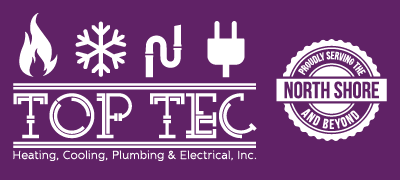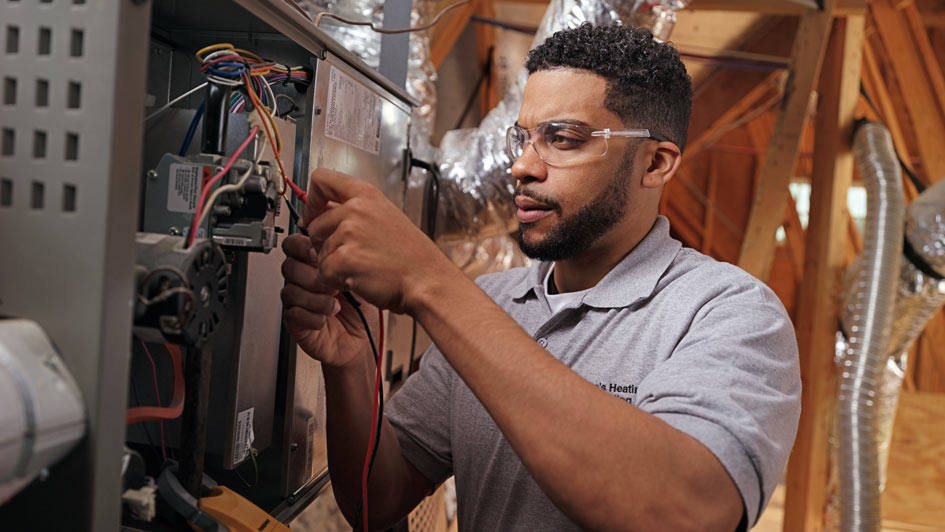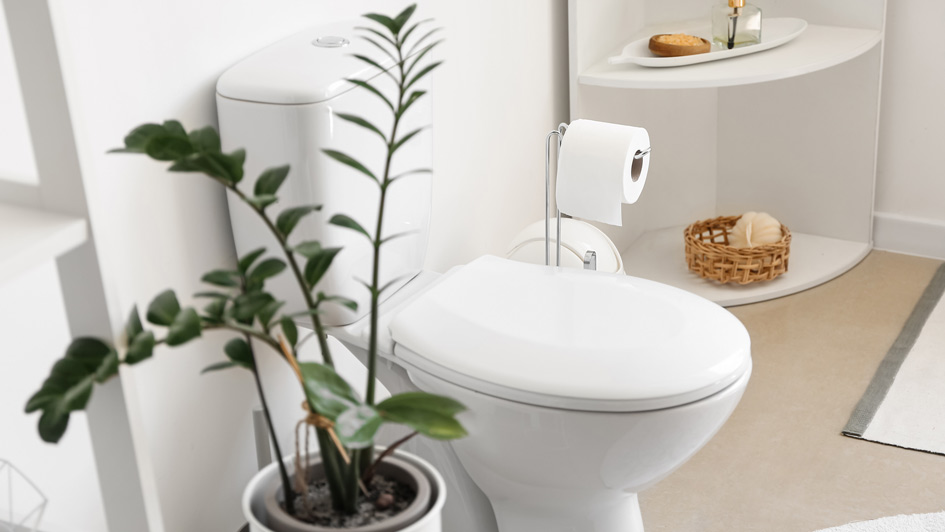Blog
Proudly Serving the North Shore and Beyond
About TopTec Heating, Cooling, Plumbing & Electrical
At TopTec Heating, Cooling, Plumbing & Electrical, making your home cozy is our highest concern. That’s why we supply lasting HVAC units and excellent work in Libertyville. Our experts are knowledgeable in a full range of services, so you can feel confident in your results. They’ll provide the assistance you are seeking, whether it’s adding an updated HVAC system or servicing and inspecting your current system. We’re available to help with all of your needs, so get in touch with us at 847-362-0262 or contact us online to request an appointment right away.
© 2024 TopTec | All rights reserved







